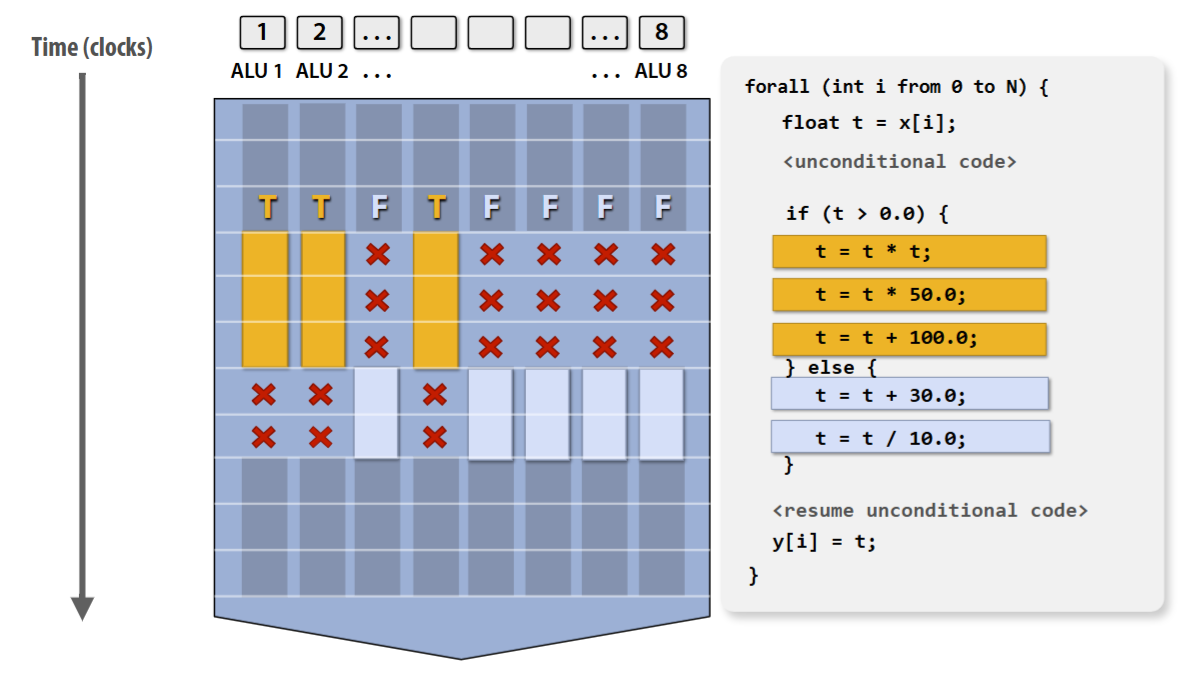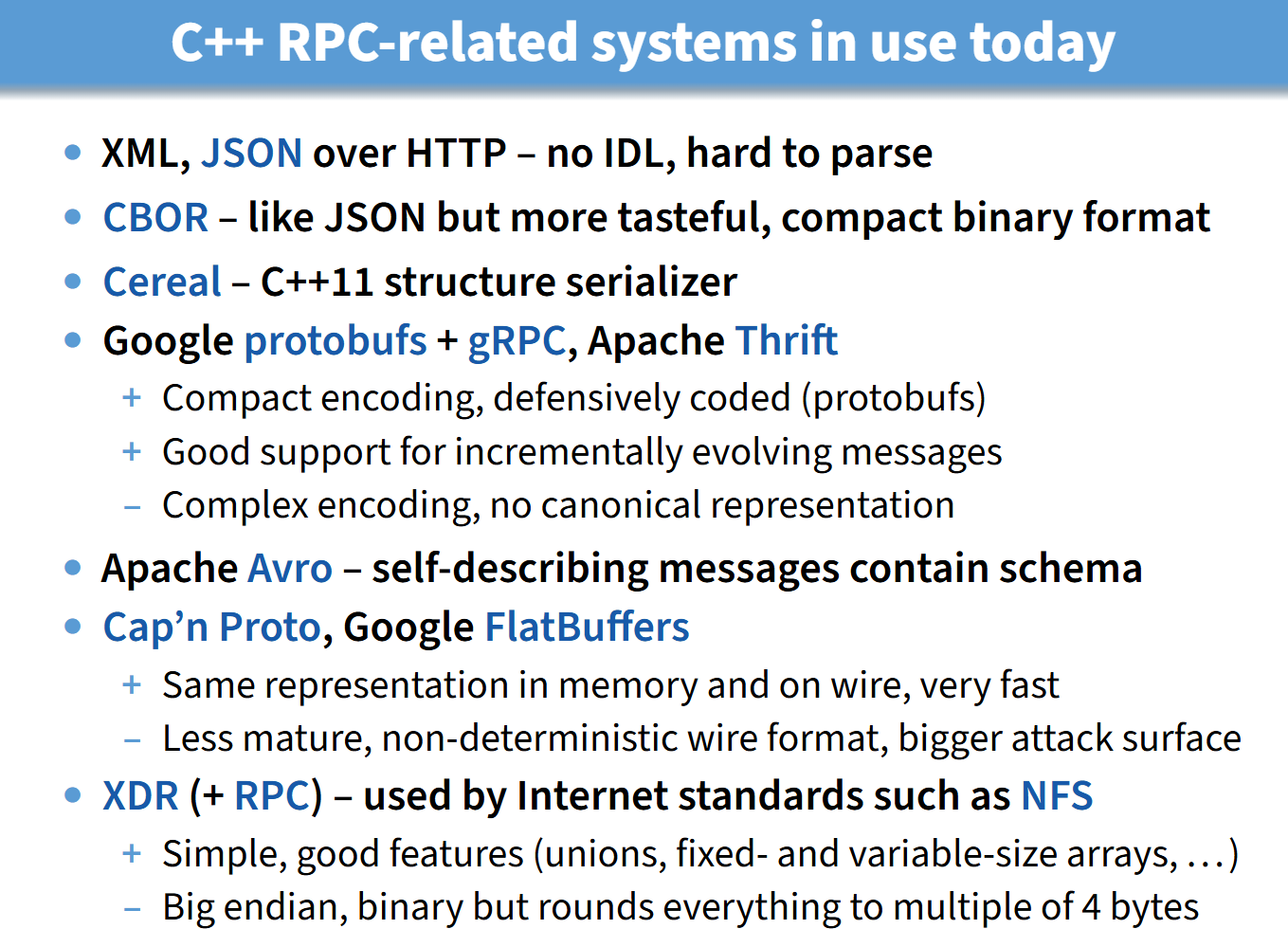Parallel Computing and Distributed Systems
Notes for Parallel Computing and Distributed Systems
Parallel Computing
A Modern Multi-Core Processor
Forms of Parallel Execution
- Superscalar: 找到不相关的语句然后并行执行
- SIMD:ALU 的并行,Single instruction, multiple data
- Multi-core:多个 core,所以想咋玩咋玩
Vector Program: AVX intrinsics
SIMD 遇到 branchs?一部分 ALU 需要等待

Accessing Memory
Interleaved (temporal) multi-threading: 这个任务在 stall 了(比如在 fetch memory),先执行别的任务
Overcoming bandwidth limits is often the most important challenge facing software developers targeting modern throughput-optimized systems.
Distributed System
忽然发现 CS244B 的 instructor 是
Introduction
You should try everything else before you try distributed systems.
Why distributed systems?
- Parallelism
- Fault tolerance
- Physical
- Security (isolation)
Infrastructure for application:
- Storage
- Communication
- Computation
我们是要将这些复杂的 distribution 隐藏起来,让他看起来像是一个普通的系统
Remote Procedure Call (RPC)
需要比普通的 procedure 多一个 “I don’t know” 的选项。
Interface Definition Languages (IDL): Specify RPC call and return types

External Data Representation Standard (XDR)
Consensus
在讨论 asynchronous systems 的时候,我们会保守地认为网络是很慢的。也就是说,we can’t distinguish failed agent from slow network.
有 \(n\) 个 agents,每个 agent input 一个数字,现在要各个 agent 通过互相交流达成一致,使得每个 agent 的 output 都相同,并且是其中一个 agent 的 input。
Safety: 所有 agent 的 output 都相同(agreement)并且 output 为其中某个 agent 的 input(validity)
Liveness: 所有 non-failed 的 agents 都有输出
Fault tolerance:
- Fail-stop: 如果 agent 出错,那么他会立即停止
- Byzantine-fault-tolerant
: agent 出错可能出现任意行为,比如发送假消息
FLP impossibility result
Bivalent: An execution of a consensus protocol is in a bivalent state when the network can affect which value agents choose.
Univalent, Valent: An execution of a consensus protocol is in a univalent state when only one output value is possible. If that value is \(i\), call the state \(i\)-valent.
Stuck: An execution of a [broken] consensus protocol is in a stuck state when one or more non-faulty nodes can never output a value.